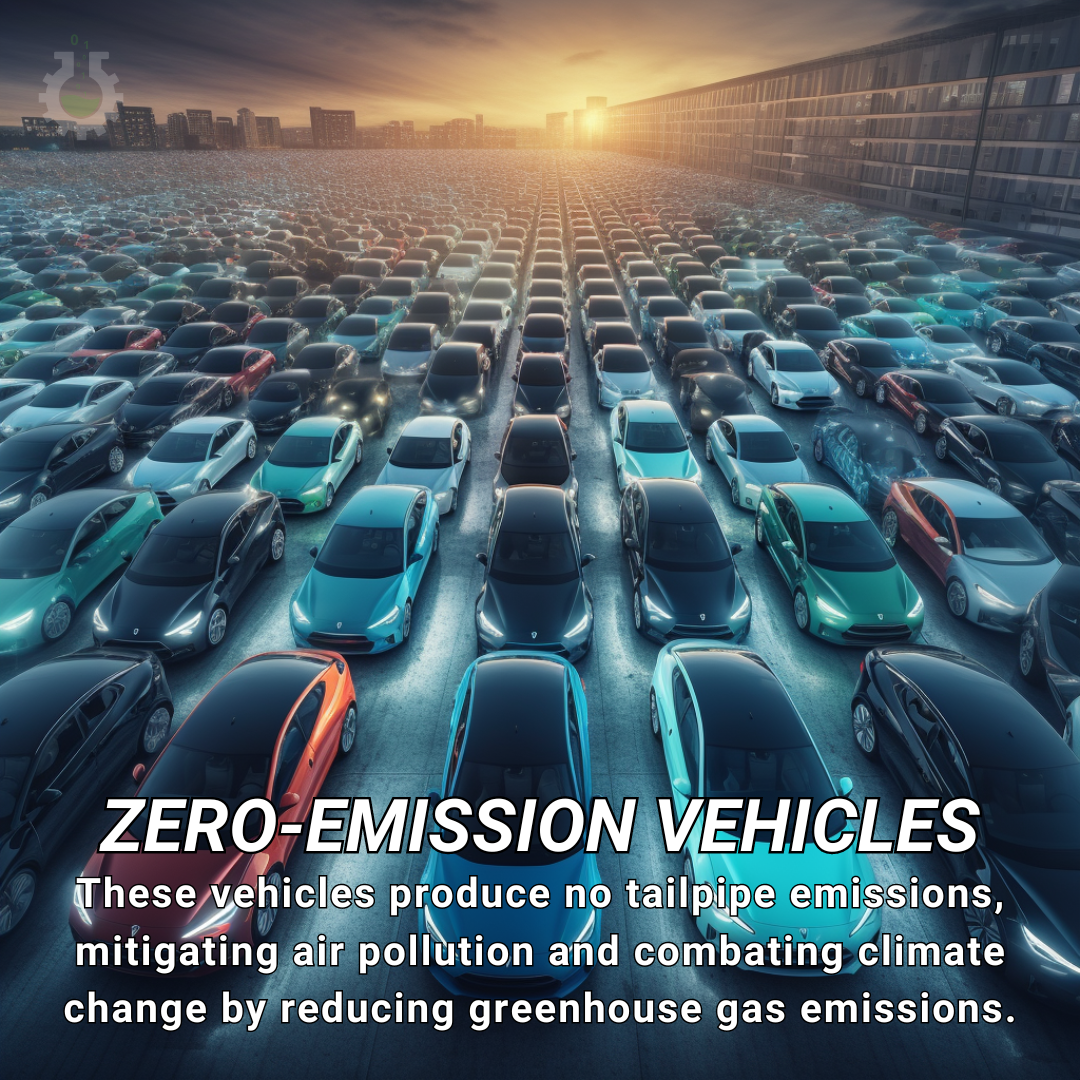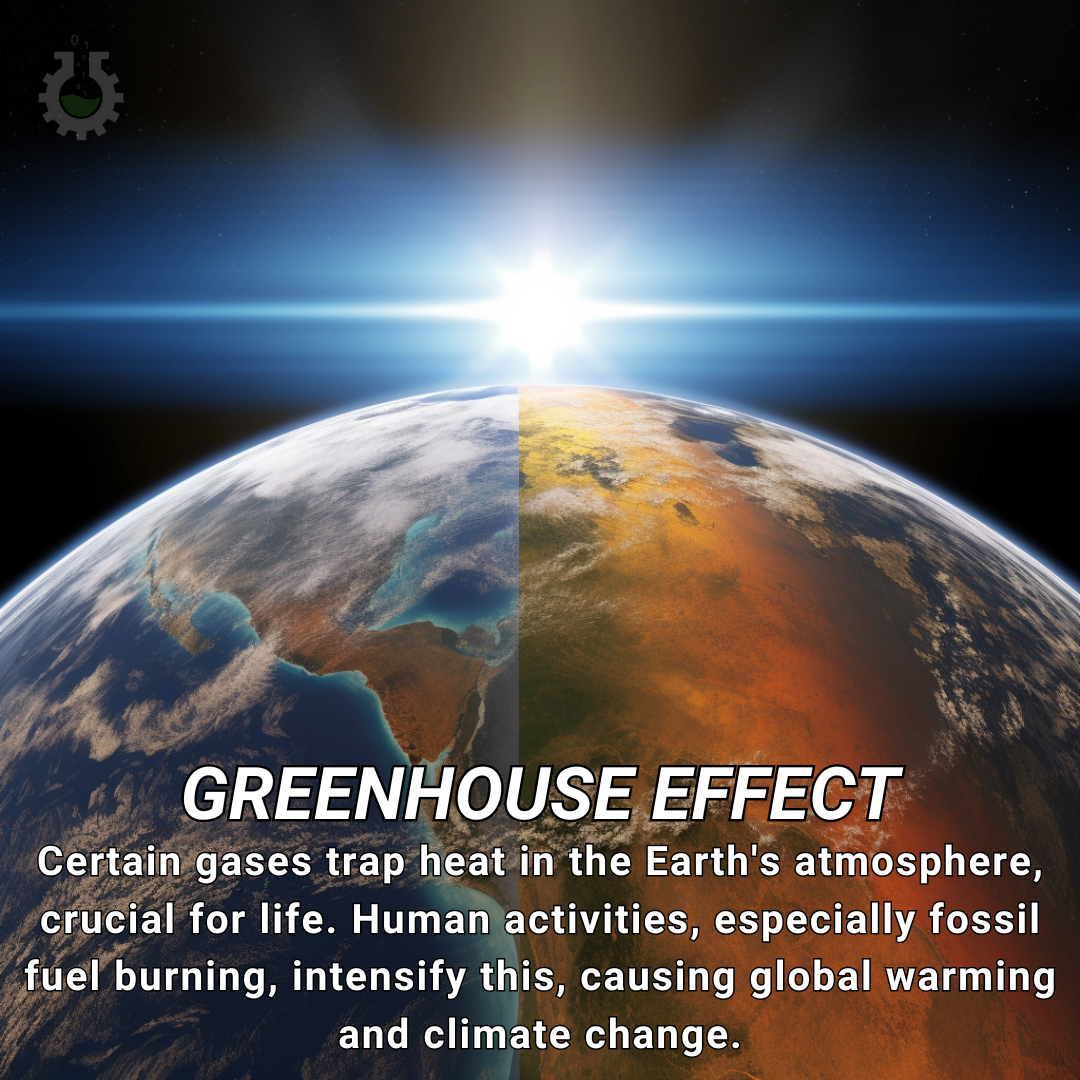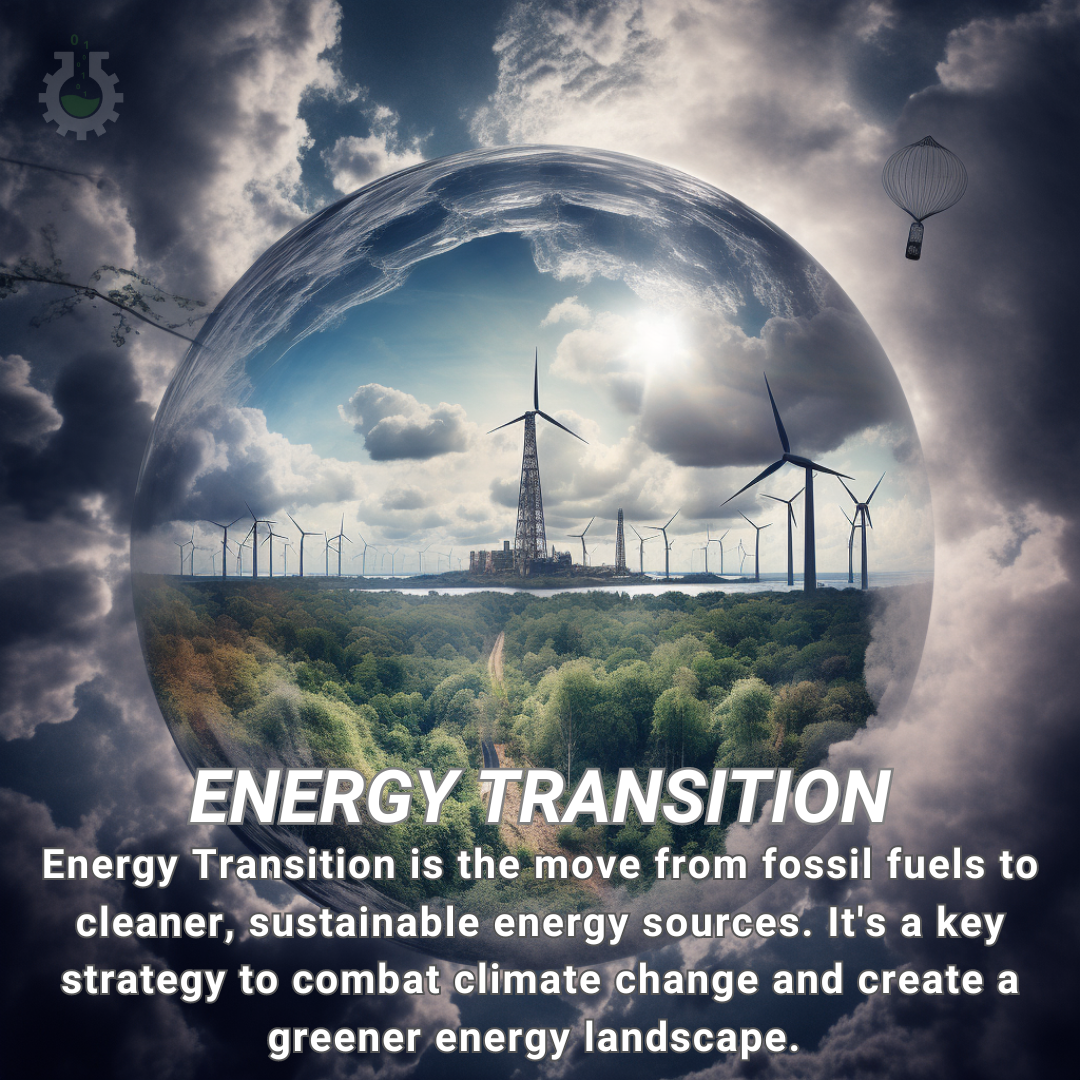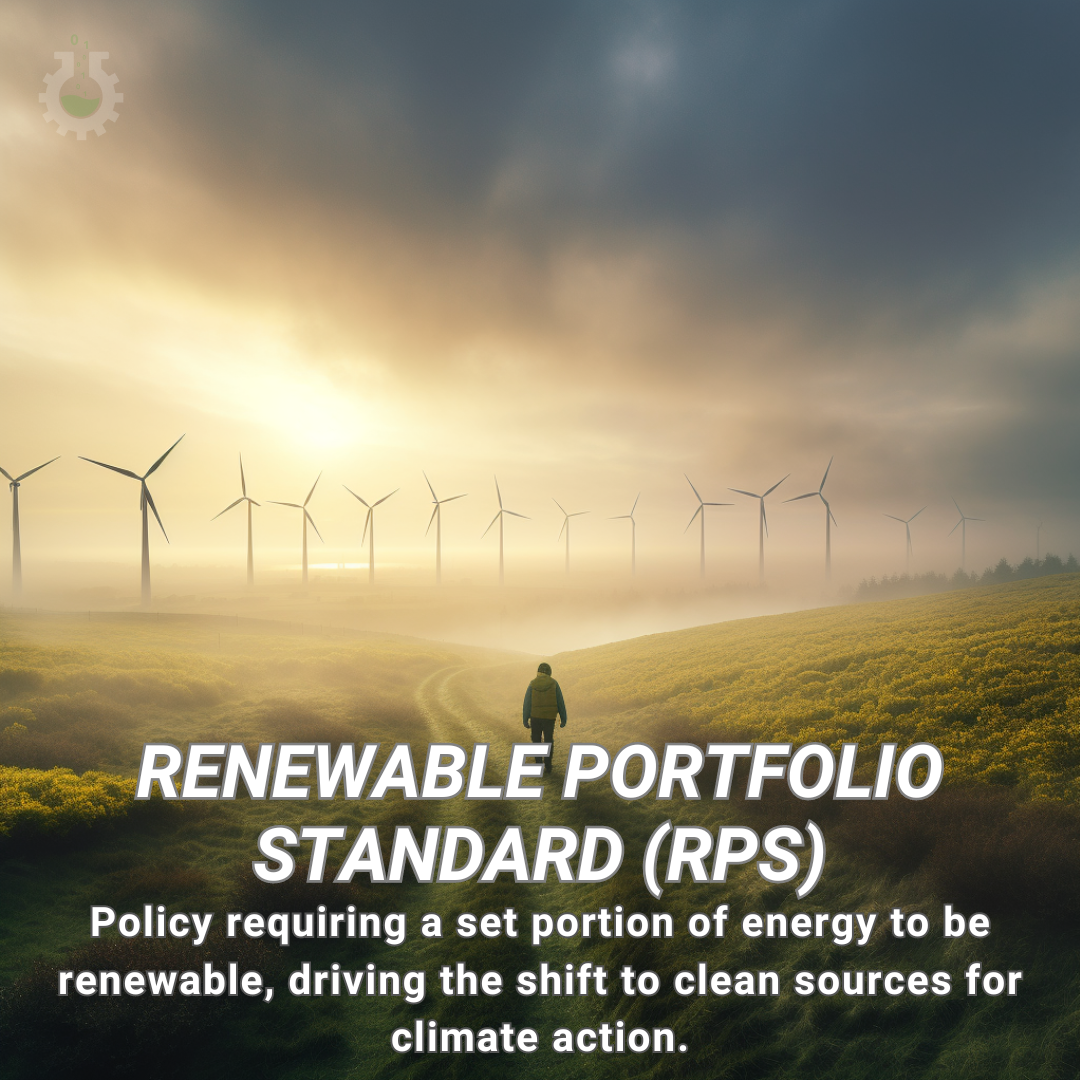Zero-Emission Vehicles: Transportation revolutionized! These vehicles produce no tailpipe emissions, mitigating air pollution and combating climate change by reducing greenhouse gas emissions. Embrace the future of clean mobility!
Life Cycle Assessment (LCA) is a comprehensive method to evaluate the environmental impact of a product, process, or activity throughout its entire life cycle, from raw material extraction to disposal. LCA considers various factors such as resource use, energy consumption, emissions, and waste generation. This tool helps in identifying opportunities for improvement and promoting sustainable […]
The Greenhouse Effect refers to the process where certain gases trap heat in the Earth’s atmosphere. While essential for sustaining life, human activities, particularly the burning of fossil fuels, intensify this effect, leading to global warming and climate change.
Microgrids are localized, self-contained energy systems that can operate independently or in conjunction with the main power grid. They incorporate various distributed energy resources like solar panels, wind turbines, and energy storage. Microgrids enhance energy resilience, reduce reliance on centralized grids, and contribute to climate change mitigation by promoting renewable energy integration and improving overall […]
Energy Transition involves shifting from traditional, carbon-intensive energy sources to cleaner and more sustainable alternatives. It’s a pivotal process in addressing climate change by reducing reliance on fossil fuels and promoting renewable energy. This shift encompasses changes in energy production, distribution, and consumption patterns, fostering a low-carbon and environmentally friendly energy landscape. Energy Transition plays […]
Feed-in tariffs (FiTs) are incentive programs that encourage the adoption of renewable energy sources. In the context of climate change, FiTs play a crucial role by providing financial benefits to individuals or businesses generating renewable energy. These tariffs guarantee a fixed payment for the electricity produced and fed back into the grid, promoting the transition […]
Urban Heat Islands (UHIs) are localized areas in urban environments where temperatures are significantly higher than their rural surroundings. This phenomenon is primarily caused by human activities, such as the concentration of buildings, asphalt, and other heat-absorbing materials. UHIs intensify climate change effects, posing risks to health and energy consumption. Understanding and addressing UHIs is […]
Habitat Fragmentation is the disruption of ecosystems into isolated patches, harming biodiversity. Human activities, like deforestation, amplify climate change impacts.
Renewable Portfolio Standard (RPS) is a policy mechanism mandating a certain percentage of energy production to come from renewable sources within a specified timeframe. RPS aims to promote sustainable energy, reduce greenhouse gas emissions, and drive the transition to a low-carbon economy. It plays a pivotal role in addressing climate change by accelerating the adoption of […]
Emissions trading, also known as cap and trade, is a market-based approach to controlling pollution by providing economic incentives for achieving reductions in the emissions of pollutants. Under this system, a central authority sets a limit, or cap, on the amount of a pollutant that can be emitted. Companies are then allocated or can purchase […]












